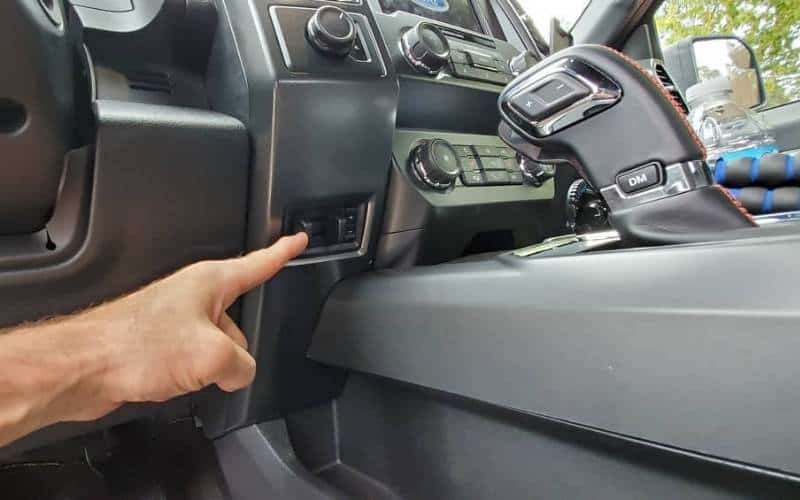The best time to winterize your motorhome is before the season’s first frost, or you might damage it. Properly winterizing your RV may prevent costly repairs and extend its lifespan. It’s recommended to winterize when the temperature drops below freezing or if the RV won’t be used for an extended period during winter. This involves draining the water system, adding antifreeze, and preparing the exterior.”
As RV enthusiasts, we appreciate the need to preserve our prized possessions from the harsh winter weather. Having properly winterized my Allegro Breeze 33BR over the years, I can show you how to save thousands of dollars in maintenance and repairs.
I’ll go through each stage in-depth in the following sections, giving meaningful insights and personal advice. You’ll learn to effectively drain the water system and protect pipes, fixtures, and the outside from winter threats. So let’s get started!
What Does Winterizing Your RV Mean?
Winterizing your RV means preparing the vehicle for cold weather conditions during the winter season. It helps to safeguard your RV’s plumbing system, water lines, and other components from damage caused by freezing temperatures.
Winterizing your RV will typically entail draining the water system, applying antifreeze to avoid freezing, and taking the required safeguards to protect the interior and exterior of the RV during the winter months.
How Cold Can It Get Before I Need To Winterize My RV?
The basic rule of thumb is to respond when the daytime temperature falls below freezing, that is 32°F (0°C). If you live in a region with harsh and persistent winter weather, it’s best to winterize your RV sooner rather than later to minimize problems.
Remember that the temperature inside your RV is just as critical as the weather outside. Even if the outside temperature is just above freezing, your water and plumbing systems can still freeze due to variables like wind chill.
This is why I suggest starting the winterization procedure before the cold weather arrives to guarantee your RV stays in top shape.
What Happens If Your RV Isn’t Winterized?
Neglecting this simple step and not winterizing your RV can result in many expensive problems, all of which you don’t want. Here are just a few things that can happen:
- Frozen pipes can crack or burst, leading to costly repairs and headaches.
- Your water heater and pump are also at risk of freezing, causing cracks and damage to the elements.
- Water filters and faucets can crack when the water inside freezes, leaving you with useless fixtures.
- Appliances like your refrigerator, microwave, and TV contain sensitive components that freezing temperatures can damage, requiring expensive repairs or replacements.
- Finally, an unwinterized RV becomes an inviting place for rodents and insects seeking winter shelter, causing damage and unwanted surprises when you return in spring.
So before the brutal winter rolls around, have the entire water system adequately drained and winterized. The small investment now can save you significant hassles and expenses later.
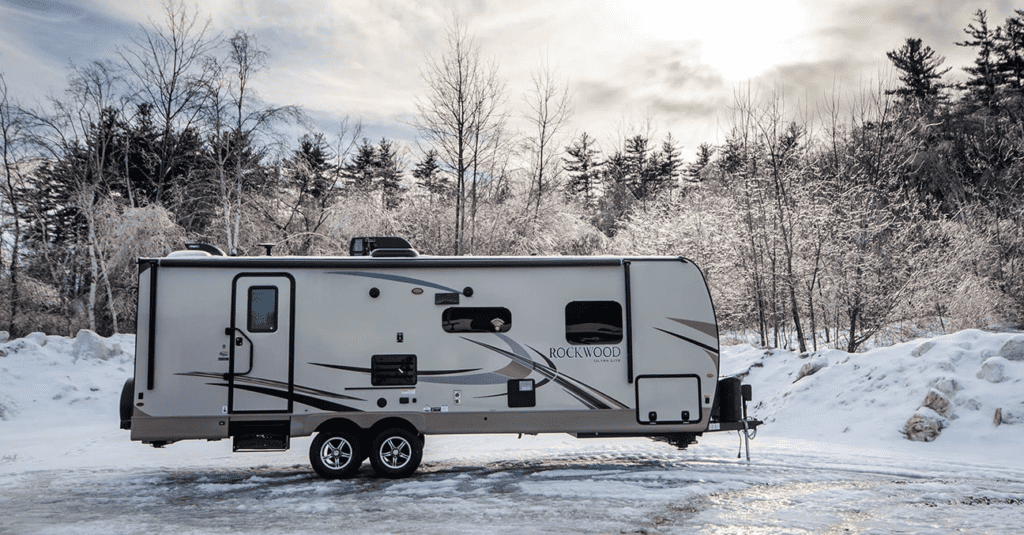
Source
What Temperature Will Damage RV?
When the temperature drops below 32°F (0°C), your RV’s plumbing system becomes vulnerable. This is because the water in the pipes can freeze and expand, causing cracks and fittings to rupture. That’s why it’s critical to winterize your RV before the first freeze so that you can say goodbye to plumbing problems.
But the hazards do not end at freezing point. Prolonged exposure to sub-zero conditions may wreak havoc on your RV’s components. Batteries can lose their charge, tires can lose traction, and seals can fail. When winter’s cold grip tightens, consider adding insulation or heat tape to cover these sensitive places and keep your RV in good condition.
As a side note, don’t underestimate the wind’s force too. Strong winds can hasten freezing even if the temperature is somewhat higher than freezing. That means you’ll need to be especially cautious when the chilly winds blow, taking extra precautions to protect your RV from Mother Nature’s cold fury.
Source
The winterization process starts with flushing antifreeze throughout your RV’s system using a water pump and draining through the sink, shower, and toilet.
How Do I Winterize My RV?
Let’s move on to how to winterize your RV. All you need to do is follow these simple steps:
- Drain the water system: Begin by draining all the water from your RV’s tanks, including the fresh water, gray water, and black water tanks. Allow the water to drain entirely by opening the drain valves.
- Flush the plumbing system: Use an air compressor or the RV’s built-in water pump to remove any residual water from the plumbing system. Turn on all faucets, including hot and cold water, and flush the toilet until there is no water.
- Bypass the water heater: If your RV has a water heater, bypass it so that antifreeze does not enter and contaminate it. For exact information on bypassing the water heater, consult your RV’s owner’s handbook.
- Fill the piping system with antifreeze: Fill the fresh water tank with RV antifreeze or use a hand pump to pump it straight into the plumbing system. Begin by running each tap individually, including the shower and toilet, until you see the antifreeze coming out. Continue until all of the faucets have been flushed with antifreeze.
- Protect the drains and P-traps: Pour a small amount of antifreeze into each drain and P-trap to prevent any residual water from freezing and causing damage.
- Check exterior openings: Inspect the exterior of your RV for any openings or gaps where cold air could enter. Seal them with weatherstripping or caulk to prevent heat loss and keep your RV warm.
- Cover or store your RV correctly: If you want to store your RV for the winter, use a breathable RV cover or find an appropriate storage facility. Covering or storing your RV properly helps protect it from the weather and increases its lifespan.
This complete checklist will guarantee you are well-prepared to winterize your RV and keep it in good condition throughout the chilly winter months. Refer to your RV owner’s handbook for precise instructions and recommendations for your RV model, as it may differ slightly.

Source
A jug of antifreeze is connected to a water pump by a plastic hose to begin winterization.
How Many Gallons of Antifreeze Should I Use To Winterize My RV?
When winterizing your RV, using the proper quantity of antifreeze to preserve your plumbing system is critical. The amount of antifreeze needed varies based on your RV’s size and configuration, particularly the plumbing lines’ length and the number of faucets and fixtures.
You usually need at least 2 to 3 gallons of antifreeze to fully winterize your RV. Use only non-toxic RV-specific antifreeze designed to protect your plumbing system. Regular automotive antifreeze should not be used since it is toxic if ingested.
This amount should cover all plumbing lines, including the hot water tank. It’s always a good idea to contact your RV owner’s handbook or a specialist to discover the exact quantity of antifreeze needed for your particular RV model.
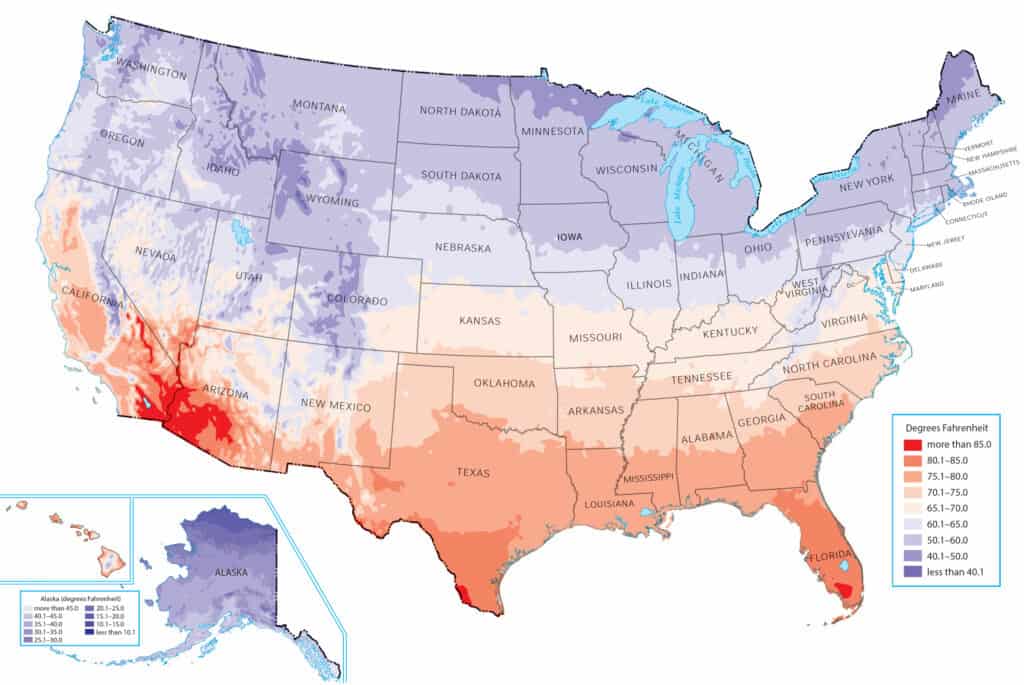
A map of the temperature variations of different US states during winter (Source).
When To Winterize RV In Different States
When winterizing your RV, timing is everything, especially in different states with unique climates. Let’s look at a few popular states and when you should consider bundling up your RV for the winter.
Colorado: Winter temperatures in Colorado may drop dramatically, especially in the mountains. You should winterize your RV early to mid-October to protect it from cold weather.
Michigan: Michigan has frigid winters with the possibility of freezing temperatures as early as November. Winterizing your RV before late October is best to avoid damage caused by frozen water pipes.
Florida: While Florida enjoys warmer winters than northern areas, it is still necessary to take precautions. When temperatures fall, winterizing your RV in Florida is often done later, around November or early December.
Texas: Texas offers a variety of climates. However, winterizing your RV by late November or early December is generally suggested. This timing helps you to prepare for possible cold spells and freezing conditions.
California: Winters in California are comparatively moderate, especially in the south. However, it is still recommended that you winterize your RV in late November or early December to be ready for infrequent colder times and to safeguard your RV’s plumbing system.
Arizona: Winter temperatures in Arizona are mild, especially in the state’s southern regions. Winterizing your RV in late November or early December is a brilliant way to protect against unexpected cold temperatures.
Wrapping Up
Winterizing your RV when the weather gets below freezing is crucial to protect it from damage and save you from expensive repairs. Here are some key takeaways:
- Winterize your RV before the first freeze, or when temperatures drop below freezing, that is 32°F (0°C).
- Drain and add antifreeze to the water system, including tanks, pipes, and faucets.
- Protect your RV’s exterior by covering it and sealing any potential entry points for pests.
- Remove and store perishable items, disconnect batteries, and turn off appliances.
- Consider insulating vulnerable areas, such as windows, doors, and exposed pipes.
- Consult the owner’s manual or seek professional advice for specific winterization procedures for your RV model.
Each RV and location may have unique considerations, so adapt your winterization routine accordingly. By taking the necessary steps to protect your RV, you’ll ensure its longevity and be ready to hit the road confidently when warmer days return!
Are you interested in learning about your RV and how to care for it? Head over to our website to read more!

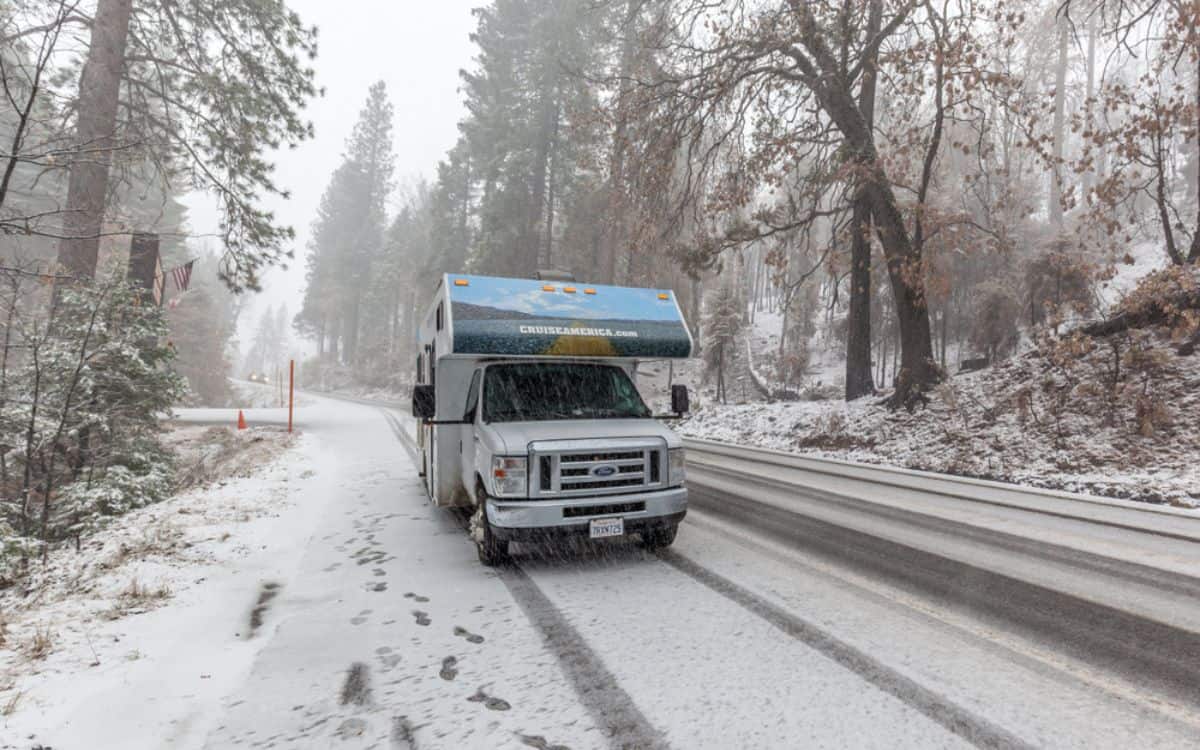
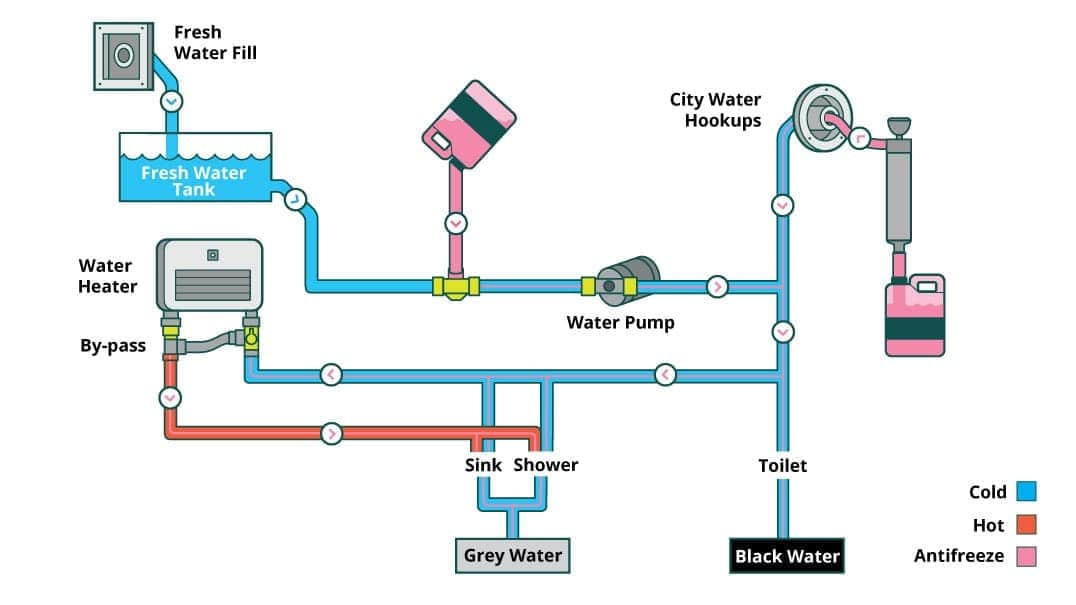
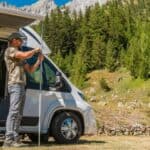
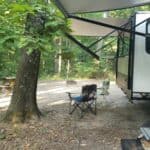

![Stay Cool in [currentyear] with the Best RV Air Conditioners - Top Picks for RV AC Units 10 7 Best Rv Air Conditioner Reviews To Beat The Summer Heat In 2020](https://www.rvingknowhow.com/wp-content/uploads/2019/11/7-Best-Rv-Air-Conditioner-Reviews-To-Beat-The-Summer-Heat-In-2020.jpg)
